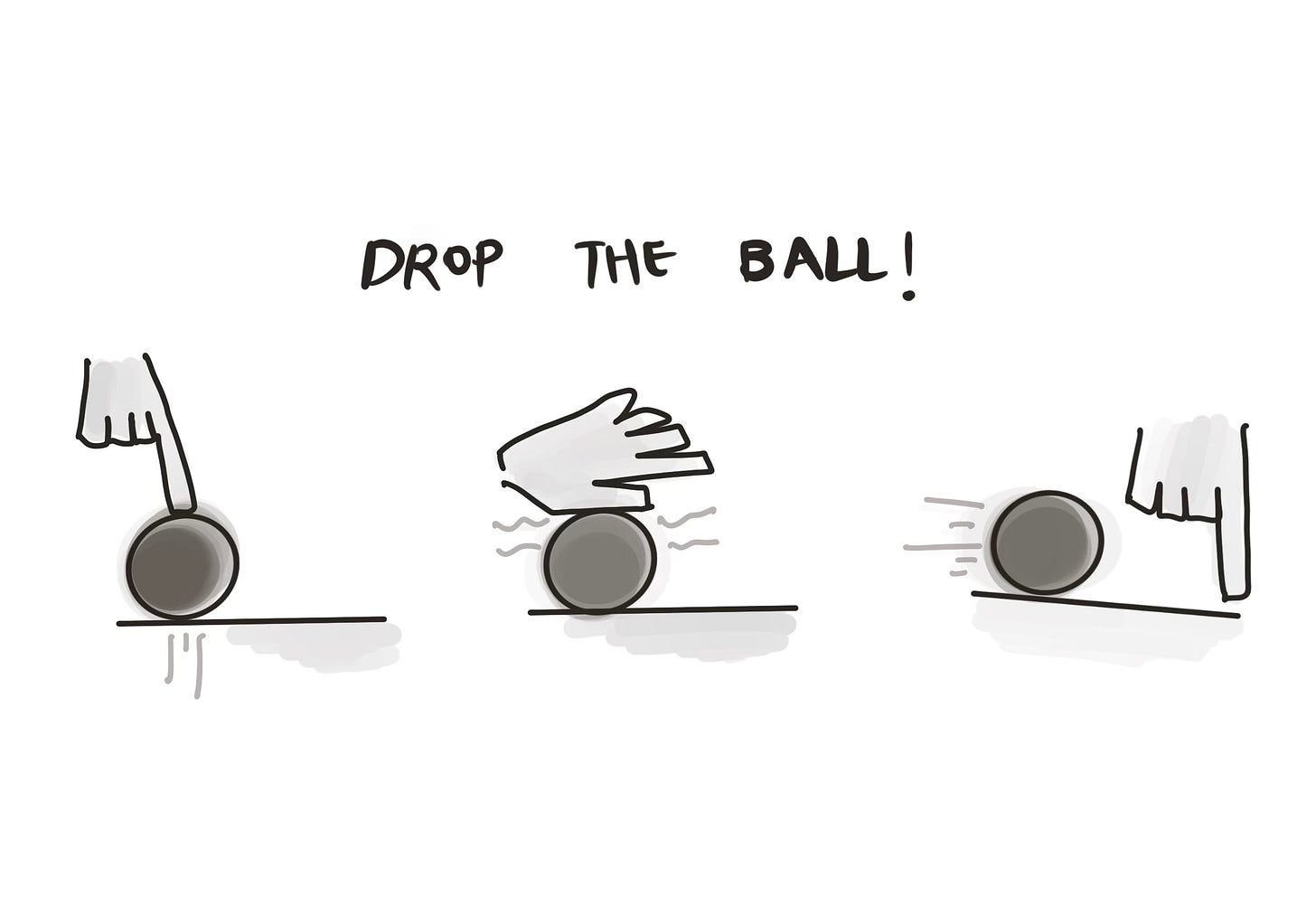Selecting the right part of the problem to tackle is more important than solving the problem!
Strategic ideas for successful outcomes and the first principles approach.
The idea behind first principles thinking is to break down something into its most fundamental elements to get at a core truth of what is known, and which parts are challenging to the genesis of a problem statement. It often entails challenging traditional beliefs and wide-held norms and revisit them in context of improved technology, materials, people or mindset.
I was once leading the building of a remote meeting co-pilot. This was supposed to transcribe a meeting between geographically distributed teams, and summarize it into shareable notes, assignable action items, and executable calendar followups. In building this system, we kept seeing poor performance of our algorithms for EMEA regions. It could have been easy to throw more data at the problem, use a different model architecture or give up. Instead, taking a first principles approach, it turned out that there were at the time a few problems to tackle.
The Data
Traditional Belief: Throw millions of hours of speech, and a model will be able to generalize and understand the accent of the world.
First Principles Approach: We did a thorough analysis to realize that while this was true for native english speakers, however accented english speaking data in the model was limited. To that end, adding more of this data, or finding ways to “attend” to this layer when the context of the user was right was needed. We revisited the way we thought about data building contextually for our users.
The Model
Traditional Belief: A large model alone that is triggered will be good enough for everyone, everywhere
First Principles Approach: We realized that while a generic representation of speech to text can be well accommodated in large models, we could get better outcomes is we interpolated these large models with smaller personalized speech models per user and per locale. This gave us tremendous gains and better user satisfaction
In this example both going back to first principles and figuring out the right parts of the problem to tackle more so than the initial problem itself was important to get the desired outcome.
Strategic Action is thus Focused Action at the Right Target
If we put action at wrong target - it leads to no outcome
If we put action over many targets - it leads to diffused outcomes
If we put action on the right target - we will achieve breakthroughs.
Related Reading

